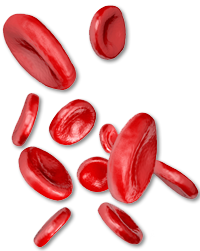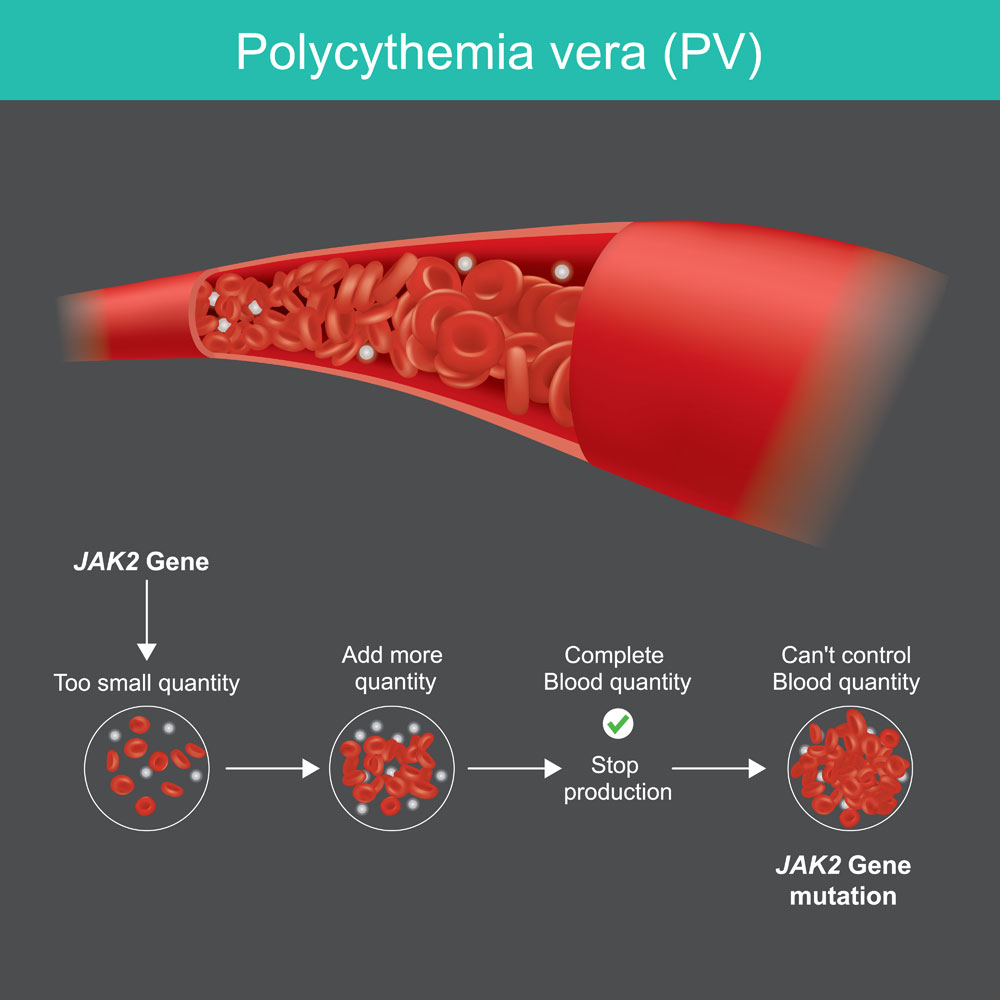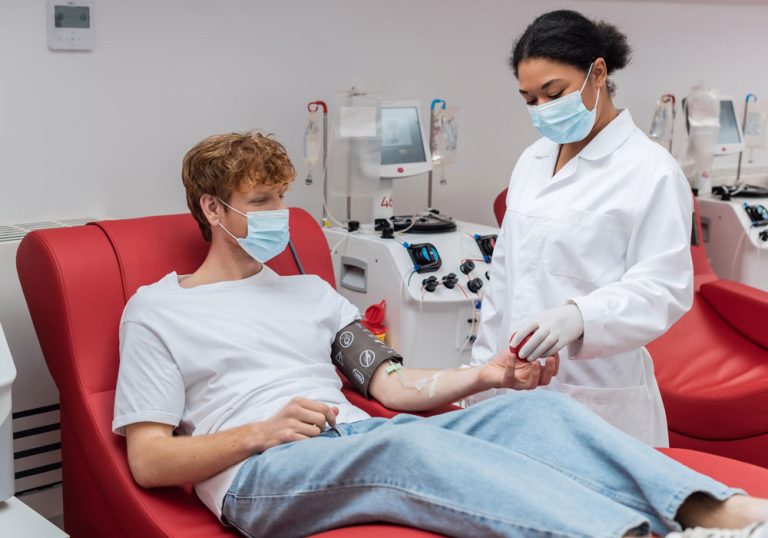Venesection (Phlebotomy)
Alleviates symptoms and improves overall health
What is Venesection?
 Venesection, also known as phlebotomy or bloodletting, is a medical procedure that involves the removal of a specific amount of blood from a patient’s body.
Venesection, also known as phlebotomy or bloodletting, is a medical procedure that involves the removal of a specific amount of blood from a patient’s body.
This therapeutic intervention has been practiced for centuries and is utilized in various medical conditions to alleviate symptoms and improve overall health.
Purpose of Venesection
Treat Hemochromatosis
Hemochromatosis is a hereditary disorder characterized by excessive iron accumulation in the body. Regular venesection can help reduce iron levels, preventing iron overload-related complications.
Manage Polycythemia Vera
Polycythemia Vera is a blood disorder characterized by the overproduction of red blood cells.

Venesection can effectively reduce blood viscosity and maintain optimal hematocrit levels.
Address Porphyria Cutanea Tarda
This condition results in a buildup of porphyrins in the liver, leading to skin-related symptoms. Venesection can assist in reducing porphyrin levels and alleviating associated symptoms.
Support Therapeutic Drug Monitoring
In certain cases, venesection may be performed to remove excess medications or substances from the bloodstream, assisting with therapeutic drug monitoring.

Process of Venesection
The process of venesection involves several steps, which generally include:
1st appointment
Before undergoing venesection, a medical assessment is conducted by our doctor and pathology tests ordered if needed. This evaluation helps determine the appropriateness of the procedure, identify any potential risks or contraindications, and establish the frequency and amount of blood to be removed.
2nd and Subsequent Appointments
Informed Consent
Informed consent is obtained from the patient, ensuring they understand the purpose, risks, benefits, and alternatives associated with venesection. This step ensures that the patient can make an informed decision about proceeding with the procedure.
Preparation
The patient is prepared for the venesection procedure, which typically involves cleansing the site where the blood will be drawn. The healthcare professional may use an antiseptic solution to minimize the risk of infection.
Blood Collection
A healthcare professional will access a vein, usually in the arm, using a sterile needle. The amount of blood to be withdrawn will depend on the specific condition being treated. The collected blood is collected in a specialized container or bag.
Monitoring & Disposal
Throughout the venesection process, vital signs such as blood pressure, heart rate, and oxygen saturation may be monitored to ensure the patient’s safety. Once the desired amount of blood is collected, it is appropriately disposed of according to medical waste management guidelines.
Post-Procedure Care
After the venesection, patients are often advised to rest and hydrate adequately. Depending on the individual, the frequency of venesection sessions may vary, and follow-up appointments will be scheduled to monitor the patient’s progress.
Seeking Venesection Treatment
If you believe you could benefit from venesection treatment, it is essential to consult a doctor in the specific condition you’re seeking treatment for. They will assess your medical history, conduct appropriate tests, and determine the suitability of venesection as part of your treatment plan.
Cost
The cost of the treatment is $240.00 each treatment with a Medicare rebate of $76.95 (or $163.05 with rebate).
Further Reading
Please note that the information provided on this website page is for informational purposes only and does not substitute professional medical advice on venesection. Always consult a healthcare professional for personalized guidance and recommendations regarding your specific medical condition.
